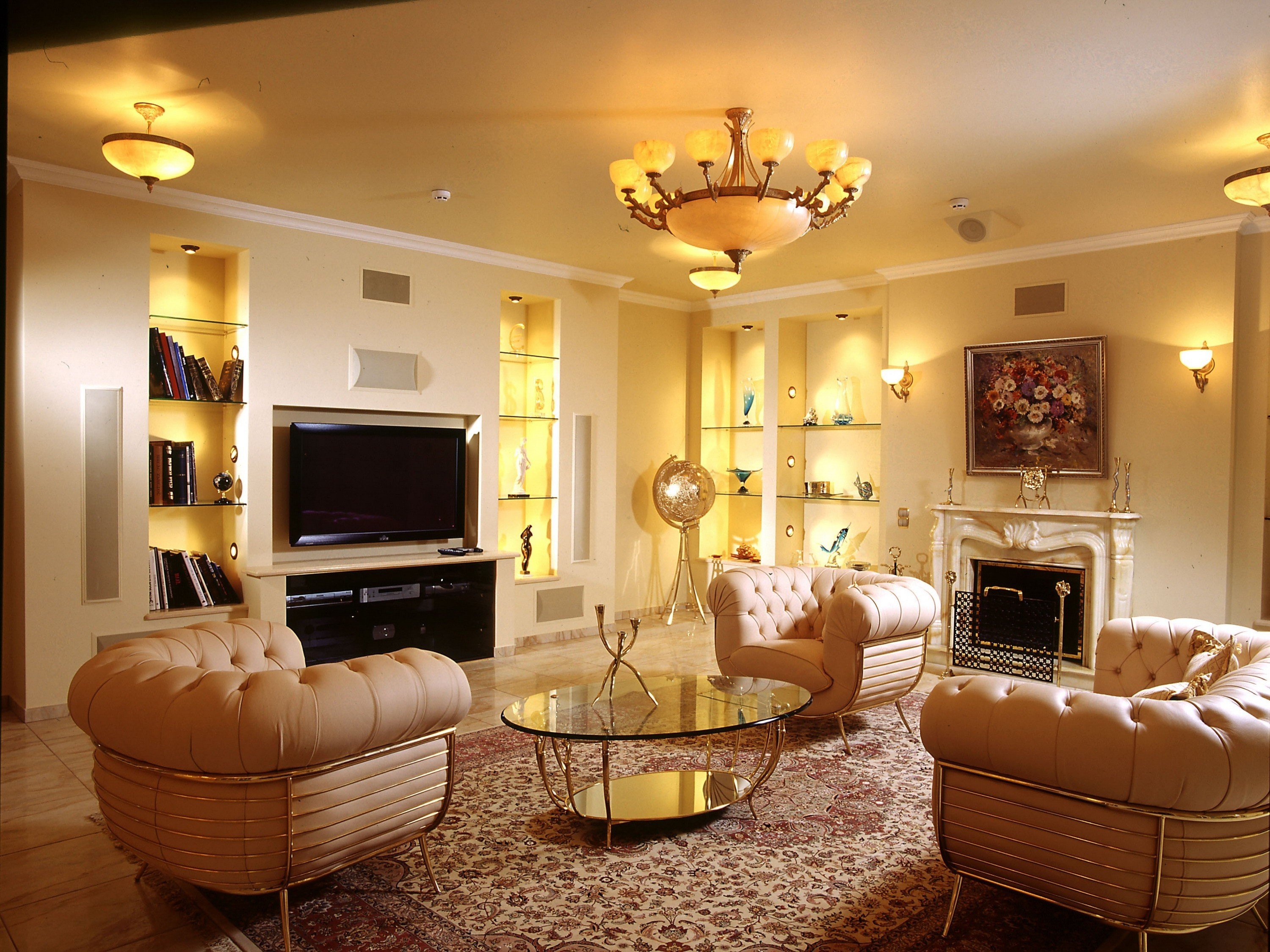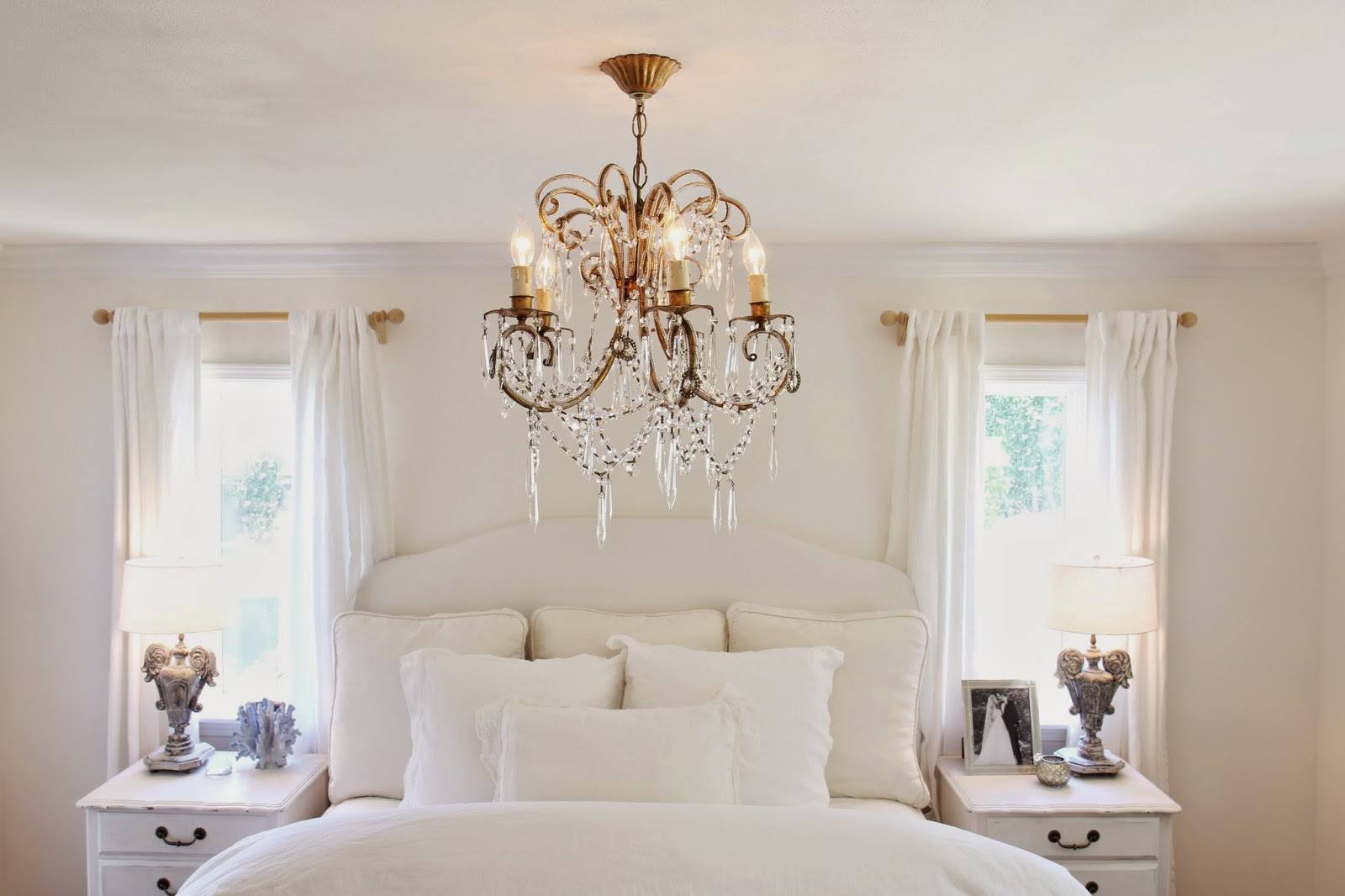Master Bedroom Chandelier Styles: Master Bedroom Chandelier Ideas
The choice of a chandelier for your master bedroom can significantly impact the overall ambiance and style of the space. Selecting the right chandelier can elevate the room’s aesthetic and create a luxurious and inviting atmosphere. Let’s delve into the most popular chandelier styles for master bedrooms and how to choose the perfect one for your needs.
Modern Chandeliers
Modern chandeliers are characterized by their clean lines, minimalist designs, and use of contemporary materials. These chandeliers often feature geometric shapes, sleek metallic finishes, and a focus on functionality.
- Geometric Shapes: Modern chandeliers often incorporate geometric shapes like circles, squares, or triangles, creating a visually striking and contemporary statement. For example, a chandelier with a series of interconnected spheres can add a touch of futuristic elegance to a modern bedroom.
- Sleek Metallic Finishes: Metallic finishes like chrome, nickel, brass, or copper are popular choices for modern chandeliers, adding a touch of sophistication and reflecting light beautifully. A chandelier with a brushed nickel finish can complement a modern bedroom with its sleek and understated elegance.
- Minimalist Designs: Modern chandeliers prioritize functionality and simplicity. They often feature a streamlined design with minimal ornamentation, allowing the light to take center stage. A chandelier with a single, large, circular shade in a matte black finish can provide a minimalist yet impactful statement in a modern bedroom.
Traditional Chandeliers
Traditional chandeliers evoke a sense of classic elegance and timeless beauty. They are often characterized by ornate designs, intricate details, and traditional materials like crystal, glass, and wood.
- Ornate Designs: Traditional chandeliers often feature elaborate designs with intricate details, such as scrolls, floral motifs, and beading. A chandelier with a cascading crystal design can add a touch of grandeur and sparkle to a traditional bedroom.
- Intricate Details: The intricate details of traditional chandeliers are what make them so captivating. These details can include hand-blown glass, etched patterns, or hand-painted finishes. A chandelier with a hand-blown glass shade with a floral pattern can create a sense of vintage charm and sophistication in a traditional bedroom.
- Traditional Materials: Traditional chandeliers often use materials like crystal, glass, and wood. Crystal chandeliers are known for their brilliance and sparkle, while wood chandeliers can add a touch of warmth and rustic charm. A chandelier with a wooden frame and crystal accents can create a classic and elegant statement in a traditional bedroom.
Farmhouse Chandeliers
Farmhouse chandeliers bring a touch of rustic charm and warmth to a master bedroom. They are often characterized by their simple designs, natural materials, and a focus on functionality.
- Simple Designs: Farmhouse chandeliers often feature simple, understated designs with minimal ornamentation. They are often made with natural materials like wood or metal, and they may have a distressed finish to add to their rustic appeal. A chandelier with a simple, open-cage design in a weathered metal finish can complement a farmhouse bedroom with its rustic charm.
- Natural Materials: Farmhouse chandeliers often use natural materials like wood, metal, or even woven materials like rope. These materials add a touch of warmth and authenticity to the design. A chandelier with a wooden frame and rope accents can create a cozy and inviting atmosphere in a farmhouse bedroom.
- Functionality: Farmhouse chandeliers are often designed with functionality in mind. They may have multiple light sources to provide ample illumination, and they may be adjustable to suit the needs of the space. A chandelier with a combination of pendant lights and a central fixture can provide both ambient and task lighting in a farmhouse bedroom.
Contemporary Chandeliers
Contemporary chandeliers are a blend of modern and traditional elements, offering a unique and stylish option for master bedrooms. They often feature clean lines, geometric shapes, and a mix of materials, such as metal, glass, and wood.
- Clean Lines: Contemporary chandeliers often feature clean lines and simple shapes, creating a minimalist and sophisticated look. A chandelier with a series of geometric shapes in a metallic finish can add a touch of modern elegance to a contemporary bedroom.
- Geometric Shapes: Contemporary chandeliers often incorporate geometric shapes like circles, squares, or triangles, creating a visually striking and contemporary statement. A chandelier with a series of interconnected spheres can add a touch of futuristic elegance to a contemporary bedroom.
- Mix of Materials: Contemporary chandeliers often use a mix of materials like metal, glass, and wood, creating a unique and interesting design. A chandelier with a metal frame and glass shades can add a touch of sophistication and warmth to a contemporary bedroom.
Chandelier Size and Scale

Choosing the right size and scale for your master bedroom chandelier is crucial for achieving a balanced and harmonious aesthetic. A chandelier that is too large can overwhelm the space, while one that is too small can appear lost and insignificant. To ensure the perfect fit, consider the room’s dimensions and ceiling height, as well as the overall design style.
Determining the Appropriate Size
The ideal size of a chandelier is typically determined by the room’s dimensions. A general rule of thumb is to select a chandelier that is roughly one-third to one-half the width of the room. However, this rule can be adjusted based on the ceiling height. For instance, in rooms with high ceilings, a larger chandelier can be used to create a grand statement, while in rooms with lower ceilings, a smaller chandelier may be more appropriate.
Chandelier Size Recommendations
The following table provides a general guide for selecting chandelier sizes based on room dimensions:
| Room Size (in feet) | Recommended Chandelier Diameter (in inches) | 10 x 10 | 18-24 | 12 x 12 | 24-30 | 14 x 14 | 30-36 | 16 x 16 | 36-42 | 18 x 18 | 42-48 |
|---|
Factors to Consider When Choosing Chandelier Size, Master bedroom chandelier ideas
The following factors can influence the choice of chandelier size:
* Ceiling Height: In rooms with high ceilings, a larger chandelier can be used to create a grand statement. In rooms with lower ceilings, a smaller chandelier may be more appropriate to avoid overwhelming the space.
* Room Dimensions: A chandelier that is too large for a small room can make the space feel cramped. Conversely, a small chandelier in a large room can appear insignificant.
* Furniture Arrangement: Consider the placement of furniture in the room and ensure that the chandelier does not obstruct views or create any hazards.
* Style and Design: The style and design of the chandelier should complement the overall design of the room. For example, a contemporary chandelier may be more appropriate for a modern bedroom, while a traditional chandelier may be better suited for a classic bedroom.
* Light Output: Consider the amount of light needed in the room. A larger chandelier typically provides more light output. However, if the room already has adequate lighting, a smaller chandelier may be sufficient.
Master Bedroom Chandelier Lighting Considerations

The selection of the right light bulbs for your master bedroom chandelier is crucial in creating the desired ambiance and functionality. It’s not just about brightness; it’s about the color temperature, the type of light emitted, and the overall effect it has on the space.
Light Bulb Types and Their Impact
The choice of light bulbs can significantly impact the overall feel of your bedroom. Let’s explore the advantages and disadvantages of different bulb types:
- LED Bulbs: LED bulbs are energy-efficient, have a long lifespan, and offer a wide range of color temperatures. They are known for their durability and ability to withstand frequent switching. However, they can be more expensive upfront compared to other options.
- Incandescent Bulbs: These traditional bulbs are known for their warm, inviting glow, but they are less energy-efficient and have a shorter lifespan than LEDs. They also produce a significant amount of heat, which might not be ideal for a bedroom.
- Halogen Bulbs: Halogen bulbs offer a brighter and more natural light than incandescent bulbs, but they consume more energy and generate more heat. They also have a shorter lifespan compared to LEDs.
Light Bulb Color Temperature and Ambiance
The color temperature of a light bulb is measured in Kelvin (K) and affects the overall mood and ambiance of your bedroom.
- Warm White (2700K-3000K): This color temperature emits a warm, yellowish light, creating a cozy and relaxing atmosphere, ideal for a bedroom. It can also be used to enhance the beauty of warm-toned furniture and decor.
- Cool White (3500K-4500K): This color temperature emits a bright, white light, similar to daylight, making the room feel more spacious and energetic. It can be suitable for reading or working but might be too harsh for a relaxing bedroom environment.
- Daylight (5000K-6500K): This color temperature emits a very bright, blueish-white light, mimicking natural daylight. It can be used to enhance clarity and create a more vibrant atmosphere, but it might not be suitable for a bedroom as it can be too stimulating.
